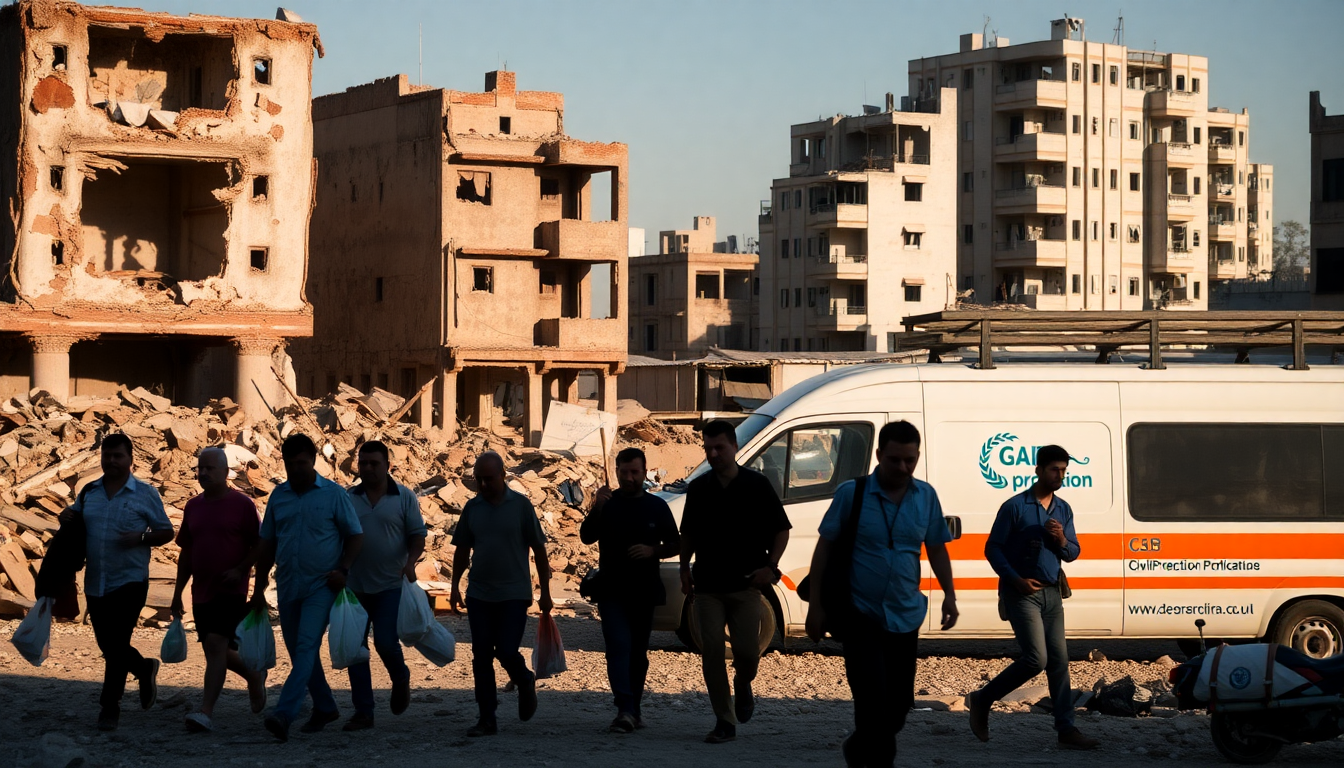Table of Contents
The situation in Gaza is rapidly changing, and the world is paying close attention. With the Israeli military ramping up its operations, the urgency surrounding discussions for a potential ceasefire is palpable. But what’s really driving this conflict? It’s a tangled web of regional politics, humanitarian crises, and a long-standing struggle for power and recognition. In this article, we’ll break down the latest developments, the key players involved, and explore what the future might hold.
Recent developments and ceasefire proposals
Israeli Foreign Minister Gideon Saar has recently pointed out that there’s considerable backing for a ceasefire proposal, not just among the Israeli cabinet but also within the public. This growing sentiment is crucial as the Israeli government faces the harsh realities of ongoing military operations in Gaza, which have caused significant civilian casualties and widespread destruction. On the other side, Hamas has confirmed that they are in discussions about ceasefire proposals from various mediators. Their goal? To reach an agreement that not only halts the fighting but also addresses the bigger picture, namely, the withdrawal of Israeli forces from Gaza.
The pressure to move these negotiations forward has intensified, especially after statements from U.S. President Donald Trump. He’s been vocal about the need for a 60-day ceasefire to give diplomacy a chance to flourish. However, the Israeli government insists that any ceasefire hinges on a decisive defeat of Hamas. This creates a tricky situation: while both sides express a desire for peace, their conditions make it tough to find common ground. How can we bridge the gap when the stakes are so high?
The humanitarian crisis and military escalation
The humanitarian situation in Gaza is dire. Palestinian health authorities are reporting an alarming death toll—over 56,000 lives lost—many of whom are innocent civilians, including women and children. To make matters worse, more than 90% of Gaza’s population has been displaced, often having to flee their homes multiple times. It’s a heartbreaking scenario that has pushed many to the brink of famine.
In light of the escalating casualties and destruction, Israeli officials have warned they may ramp up military operations if ceasefire negotiations stall. This could mean strikes on major urban centers, further worsening the humanitarian crisis and increasing the loss of life. The Israeli government’s approach seems to focus on eradicating Hamas’s influence, a daunting task given the group’s resilience and the challenges of urban warfare. Can a solution be found when the stakes are so high on both sides?
Looking ahead: potential outcomes and international implications
The road ahead is anything but clear, as both sides appear firmly entrenched in their positions. The international community is closely monitoring the situation, knowing that any escalation could destabilize the region and have ripple effects on global politics. Calls for a ceasefire are growing louder, but the underlying issues—territorial disputes, political recognition, and security concerns—remain unresolved. What will it take to finally break this cycle of conflict?
As we gaze into the future, we can only hope that dialogue and negotiation will lead the way to a ceasefire, setting the stage for more comprehensive peace talks. The humanitarian crisis in Gaza demands urgent attention; the costs of continued conflict are simply too high. The coming weeks will be pivotal in determining whether a sustainable resolution is possible or if the cycle of violence will continue. Will we see a breakthrough, or are we destined for more turmoil?


